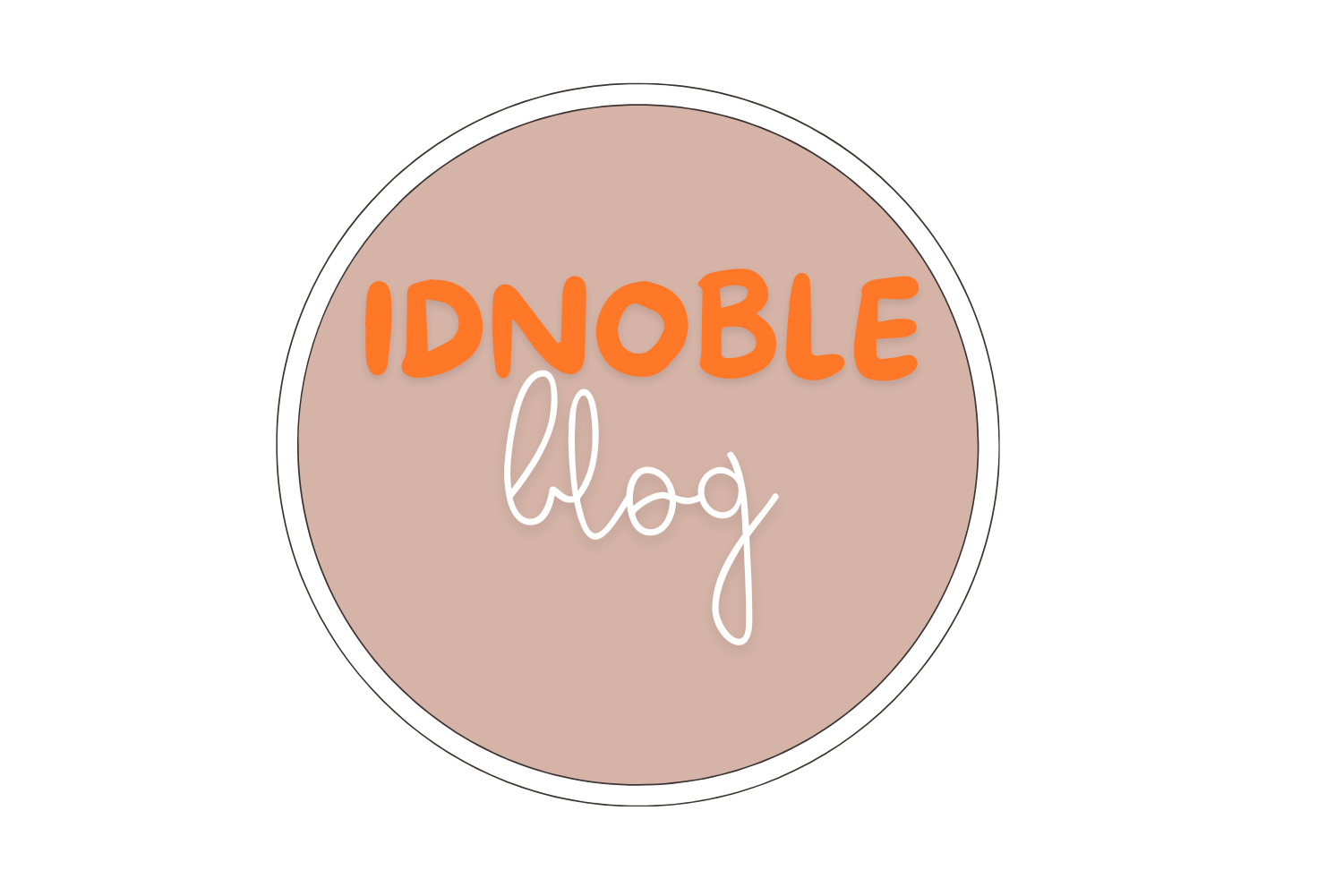
Effective Communication Strategies for a Healthier Marriage

Effective Communication Strategies for a Healthier Marriage
Effective Communication Strategies for a Healthier Marriage. Marriage can sometimes feel like navigating a complex maze, filled with unexpected turns and hidden corners. But don’t worry! With effective communication, you can transform that maze into a joyful adventure. Effective communication is like the magic map that guides you through the ups and downs, helping you build a stronger, happier relationship. In this lighthearted yet insightful guide, we’ll explore practical and fun communication strategies to enhance your marriage.
Table of Contents
- 1. The Magic of Small Talk
- 2. Active Listening: The Superpower of Connection
- 3. Mastering the "I" Statement
- 4. The 5:1 Ratio: A Recipe for Positivity
- 5. Speak Your Partner’s Love Language
- 6. Apologizing with Heart
- 7. The Fun Factor
- 8. Regular Relationship Check-Ins
- 9. Setting Healthy Boundaries
- 10. Seeking Professional Help
- Conclusion
1. The Magic of Small Talk
Don’t underestimate the power of everyday chit-chat. Small talk is like the glue that holds the fabric of your relationship together. These seemingly trivial conversations create a sense of normalcy and connection.
Simple Ideas for Small Talk:
- Morning Rituals: Share your plans for the day over breakfast or coffee.
- Evening Wind-Down: Talk about the highlights and challenges of your day before bed.
- Random Thoughts: Share funny or interesting thoughts that pop into your head.
Example Dialogue:
- Partner A: “I saw the funniest video today of a cat trying to catch a laser pointer.”
- Partner B: “Oh, I love those! We should get a laser pointer for our cat.”
These light-hearted exchanges keep the lines of communication open and make it easier to discuss more significant issues when they arise.

2. Active Listening: The Superpower of Connection
Listening is more than just hearing words; it’s about understanding your partner’s perspective and feelings. Active listening requires full attention and empathy, creating a deeper emotional connection.
Steps to Active Listening:
- Focus Fully: Put down your phone and make eye contact.
- Show Interest: Nod, smile, and use encouraging words.
- Reflect Back: Summarize what your partner said to show understanding. “So, you’re saying…”
- Validate Feelings: Acknowledge their emotions. “That sounds really tough.”
Example:
- Partner A: “I had a rough day at work.”
- Partner B: “I’m sorry to hear that. Do you want to talk about what happened?”
By showing genuine interest and empathy, you strengthen your bond and make your partner feel valued.
3. Mastering the “I” Statement
When conflicts arise, and they will, the way you express yourself can either escalate the situation or defuse it. “I” statements are a powerful tool to communicate your feelings without blaming your partner.
Transforming Your Language:
- Avoid Blame: Instead of saying, “You never listen to me,” say, “I feel unheard when I’m talking.”
- Express Feelings: Share how you feel rather than what they did wrong.
- Invite Collaboration: Suggest a solution or ask for their perspective.
Example:
- Instead of: “You’re always late!”
- Try: “I feel frustrated when we’re late because I value our time together. Can we find a way to manage our time better?”
Using “I” statements helps to keep the conversation constructive and focused on resolving the issue.
4. The 5:1 Ratio: A Recipe for Positivity
Dr. John Gottman’s research on relationships revealed that couples who maintain a ratio of five positive interactions for every negative one are more likely to have a successful marriage. Think of this ratio as the secret sauce that keeps your relationship flavorful and balanced.
Ways to Increase Positive Interactions:
- Compliments: Offer genuine compliments daily.
- Acts of Kindness: Do something nice for your partner without expecting anything in return.
- Affection: Hold hands, hug, and kiss often.
- Support: Be there for each other during tough times.
- Laughter: Share jokes and find humour in everyday situations.
Example:
- Partner A: “Thanks for making dinner tonight; it was delicious.”
- Partner B: “I’m glad you liked it! I enjoy cooking for us.”
These positive moments build a reservoir of goodwill that helps cushion your relationship during challenging times.
5. Speak Your Partner’s Love Language
Understanding and speaking your partner’s love language can significantly enhance your communication. Dr. Gary Chapman’s five love languages—Words of Affirmation, Acts of Service, Receiving Gifts, Quality Time, and Physical Touch—are essential tools for expressing love in a way that resonates with your partner.
How to Identify Your Partner’s Love Language:
- Observation: Notice how they express love to you and others.
- Ask Questions: Directly ask what makes them feel most loved.
- Take the Quiz: Dr. Chapman’s online quiz can help identify your love languages.
Example:
- If your partner’s love language is Quality Time, plan a special date night with undivided attention.
- If it’s Acts of Service, surprise them by completing a chore they dislike.
By speaking each other’s love languages, you deepen your connection and ensure your partner feels truly appreciated.
6. Apologizing with Heart
A heartfelt apology can mend wounds and rebuild trust. An effective apology goes beyond just saying “I’m sorry” and includes acknowledging the hurt caused, taking responsibility, and committing to change.
Components of a Meaningful Apology:
- Acknowledge the Hurt: “I’m sorry I hurt you.”
- Take Responsibility: “It was wrong of me to do that.”
- Express Regret: “I feel terrible about my actions.”
- Offer Amends: “What can I do to make it right?”
- Commit to Change: “I’ll work on being more considerate in the future.”
Example:
- “I’m really sorry for being dismissive of your feelings earlier. I understand how hurtful that was, and I’ll do my best to be more attentive in the future.”
Such an apology shows sincerity and a willingness to improve, fostering trust and healing.
7. The Fun Factor
Don’t let the seriousness of life overshadow the fun in your marriage. Incorporating playfulness and humour into your relationship keeps things light and enjoyable, strengthening your bond.
Ideas for Adding Fun:
- Game Night: Host a game night with your favourite board games or card games.
- Dance Break: Have an impromptu dance session in your living room.
- Inside Jokes: Cultivate a collection of inside jokes that only the two of you understand.
- Shared Hobbies: Take up a new hobby together, like cooking, gardening, or hiking.
Example:
- Partner A: “Remember when we tried to bake that cake, and it turned into a pancake?”
- Partner B: “How could I forget! Let’s try again and see if we can actually make a cake this time.”
These playful moments create lasting memories and reinforce your connection.
8. Regular Relationship Check-Ins
Just like a car needs regular maintenance, so does your marriage. Schedule regular check-ins to discuss the state of your relationship, celebrate successes, and address any areas that need improvement.
Questions for a Relationship Check-In:
- “What’s something I did recently that made you feel loved?”
- “Is there anything we could do to improve our relationship?”
- “What are our goals for the next few months?”
Example:
- Partner A: “I really appreciated it when you helped me with the project last week.”
- Partner B: “I’m glad it made a difference. I think we could work on spending more quality time together.”
These check-ins keep your relationship on track and ensure both partners feel heard and valued.
9. Setting Healthy Boundaries
Boundaries are essential for a healthy relationship. They protect your individual needs and ensure mutual respect. Discussing and respecting each other’s boundaries can prevent misunderstandings and conflicts.
How to Set Boundaries:
- Be Clear and Specific: Clearly state your needs and limits.
- Communicate Kindly: Use “I” statements to express your boundaries.
- Respect Each Other: Honor your partner’s boundaries as much as your own.
Example:
- “I need some alone time to recharge after work. Can we agree on a quiet hour when we both get home?”
By setting and respecting boundaries, you create a balanced environment where both partners feel respected and understood.
10. Seeking Professional Help
Sometimes, despite your best efforts, you might need some outside help to navigate through tough times. Seeking professional counselling can provide new perspectives and strategies to improve your relationship.
When to Consider Counseling:
- Persistent conflicts that you can’t resolve on your own.
- Feeling disconnected or distant for an extended period.
- Major life changes cause stress in the relationship.
Example:
- “I think it might be helpful for us to talk to a therapist. It could give us new ways to communicate and understand each other better.”
Professional help can offer valuable tools and insights, helping you strengthen your bond and resolve underlying issues.
Conclusion
Marriage is a beautiful journey filled with moments of joy, challenges, and growth. Effective communication is the key to navigating this journey successfully. By embracing small talk, active listening, “I” statements, positive interactions, love languages, meaningful apologies, fun, regular check-ins, healthy boundaries, and professional help, you can build a healthier, happier marriage.
Remember, the goal isn’t perfection but progress. Keep these strategies in your communication toolkit, and watch your relationship flourish. So, go ahead, start a fun conversation with your partner, and enjoy the adventure of marriage together!


























